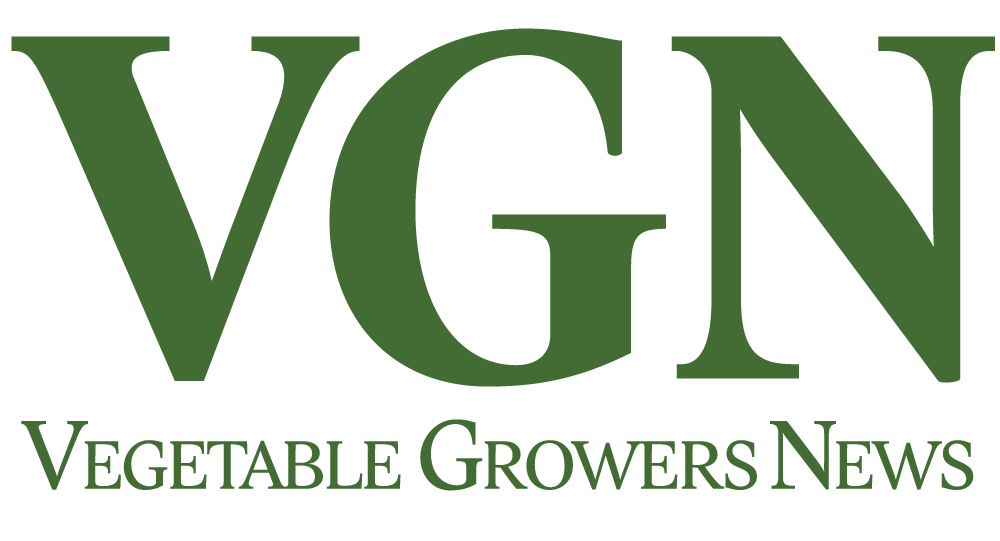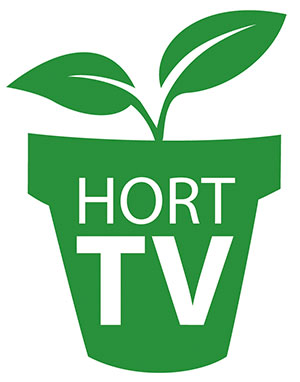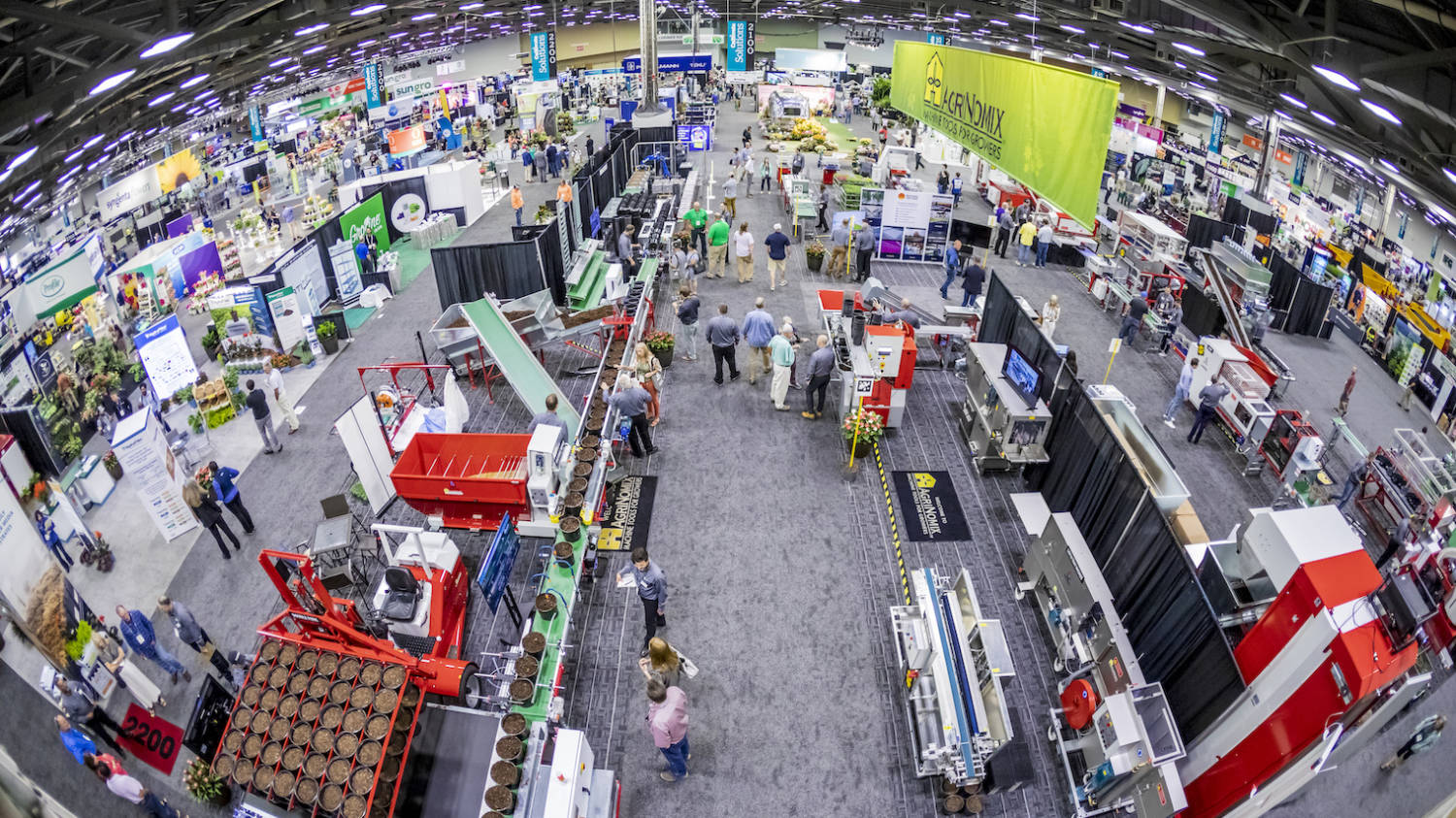The cost of bringing business home
The general consensus around President Donald Trump’s tariff strategy is that the U.S. economy is headed for a bumpy road before it experiences a better road. Tariffs are predictable in that they decrease commodity competition and raise prices on goods; a process that can afford domestic markets increased opportunity, but certainly doesn’t guarantee immediate benefit. However, the scale of the proposed tariffs is difficult to model, leaving a fuzzy picture of the near future.
Tariffs to increase ag expenses
The pace at which the impacts of tariffs are felt in an economy can vary, but inevitably, producers and manufacturers will first foot the bill for change. In the ag sector, the cost of bringing business back to America could make farming a more expensive endeavor.
Current conversations surrounding the coming tariffs tend to emphasize risks related to shrinking export markets and deciphering who will buy our corn, but fail to address the rising cost of tools like fertilizer, equipment, and other critical inputs. We rely on imported fertilizers and equipment that will not escape the tariff strategy. During the transition there could be a period when imports of nitrogen, potash, and phosphate decrease or jump in price. Price could jump quickly, and painfully, like in 2021. At the time, the United States tried to increase domestic production, but demand is still short of supply.
Will fertilizer be more expensive?
The Trump administration has spoken in favor of agriculture and promised to support the industry by reducing taxes and removing restrictions that have slowed the process of constructing and operating things like American fertilizer production facilities. However, building domestic production to a scale that truly reduces our dependence on imports comes with a price tag estimated between $15- $18 billion dollars.
Both China and Iran export approximately 5 million tons of fertilizer products annually, while Russia typically produces 8 million tons of fertilizer. Meanwhile, the U.S. imported 13 million tons of potash in 2023, 85% of which originated in Canada. Of nitrogen based fertilizers, 25% of imports originated in Canada. The U.S. is also Mexico’s largest market for fertilizers. Last year $194 million dollars worth of fertilizer was imported from Mexico. Fertilizer from Canada and Mexico could face a proposed 25% tariff if Trump moves forward with proposed tariffs on our North American neighbors.
To lose access to just one of these suppliers could add pressure to American farmers, and blanket tariffs stand to jeopardize all trade relationships. Add costly fertilizer to already high priced seeds and labor wages and farmers will have some big decisions to make.
Corn and soybeans suffered heavily as a result of the initial tariffs put in place during Donald Trump’s first term and have continued to be caught up in trade war dynamics. High yields made possible thanks to fertilizer and efficient farming methods have made corn, soybeans and wheat our top agricultural exports. However, a quick breakdown of farm expenses proves that fluctuating fertilizer prices can have a big impact on domestic production. Fertilizer alone accounts for 20% of input expenses.
In 2021 fertilizer prices skyrocketed. Anhydrous ammonia became 235% more expensive than the year prior, while urea increased by 149% and liquid nitrogen by 192%. On average the cost of producing corn, soybeans and wheat increased by $700 a ton. In 2021 the shortage was paired with rising demand for commodities. Going into 2025 the demand for American corn and soy remains low while the cost of fertilizer could potentially go up.
There is speculation on exactly how much fertilizer prices will change under a new administration focused on building back domestic production of all kinds of goods. It’s unlikely it will be as extreme as 2021, but with farm incomes in decline even relatively small cost increases can make or break operations. Farmers will either turn to crops that require fewer inputs like lentils or peas, opt to use less fertilizer and decrease yield predictability or choose to farm a smaller portion of land as they wait for fertilizer prices to stabilize.
Regardless of which trend wins out, it’s likely we will see smaller harvests of our commodity crops in 2025. Smaller corn and soybean crops that are more expensive to produce will likely contribute to higher food prices for consumers.









 Video Library
Video Library 


















